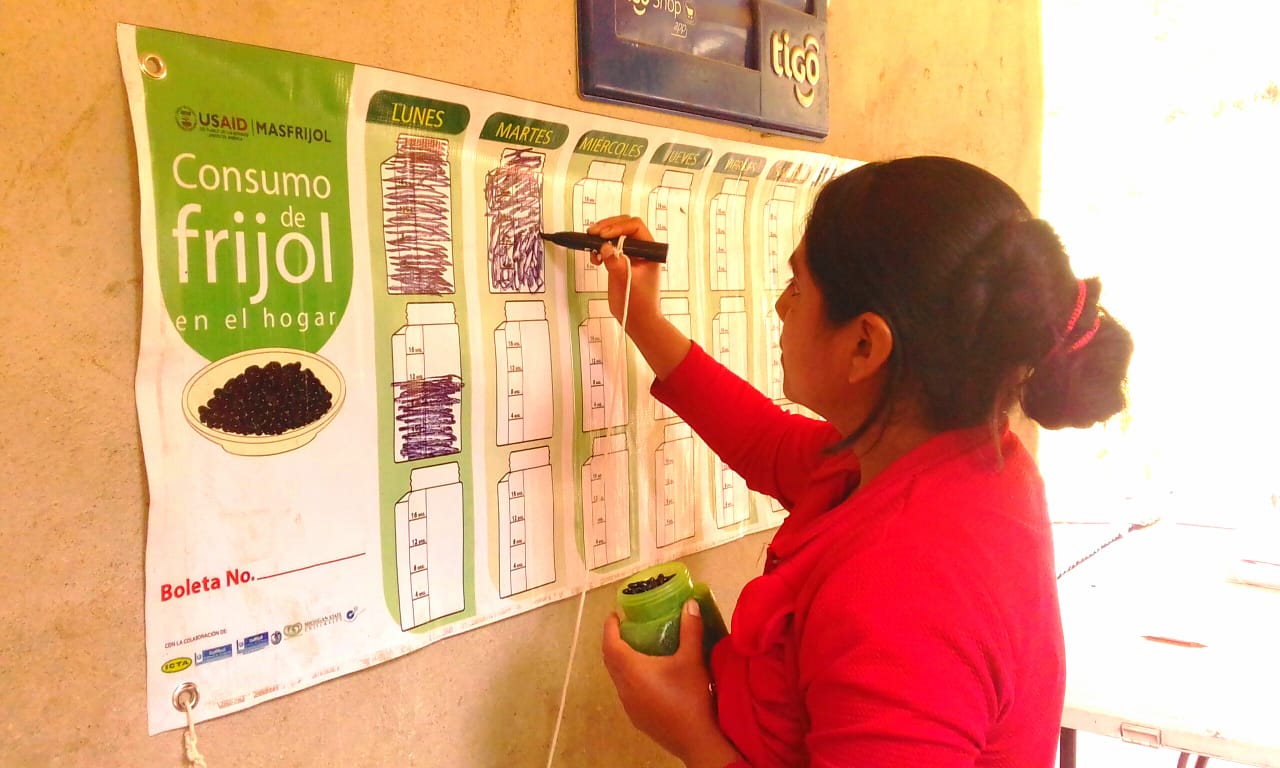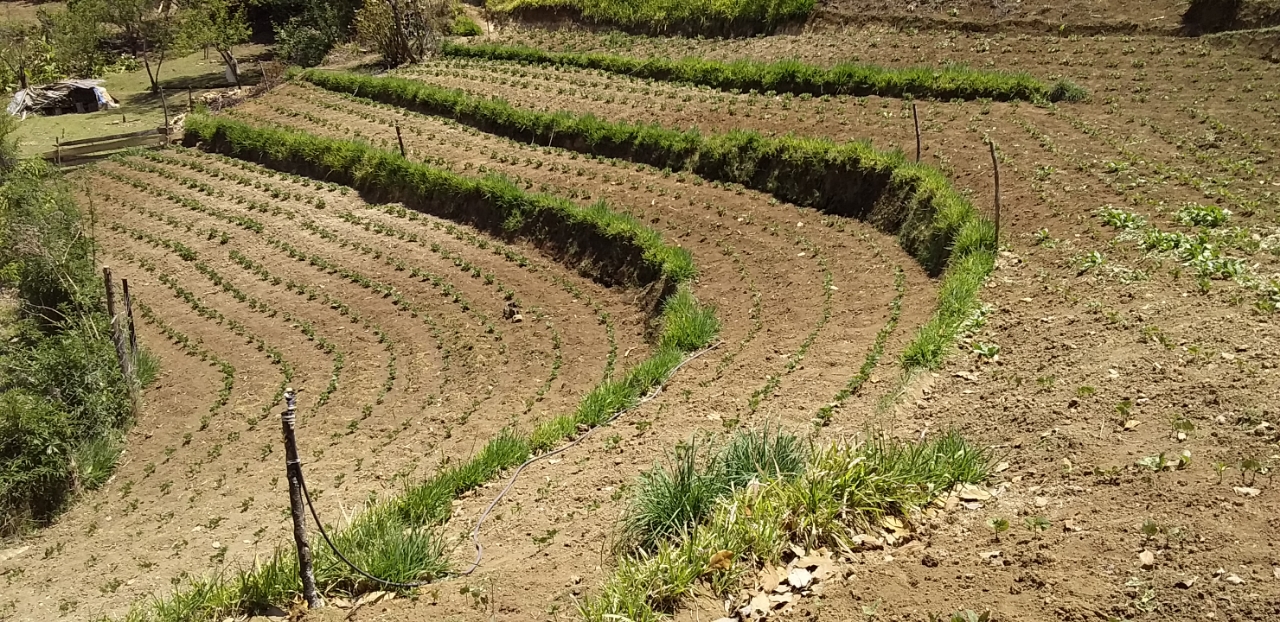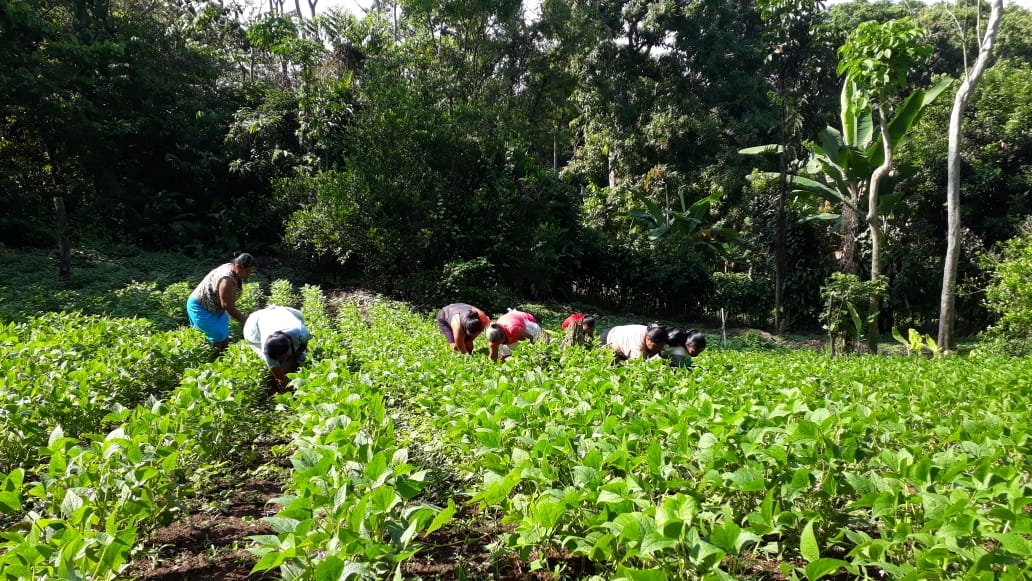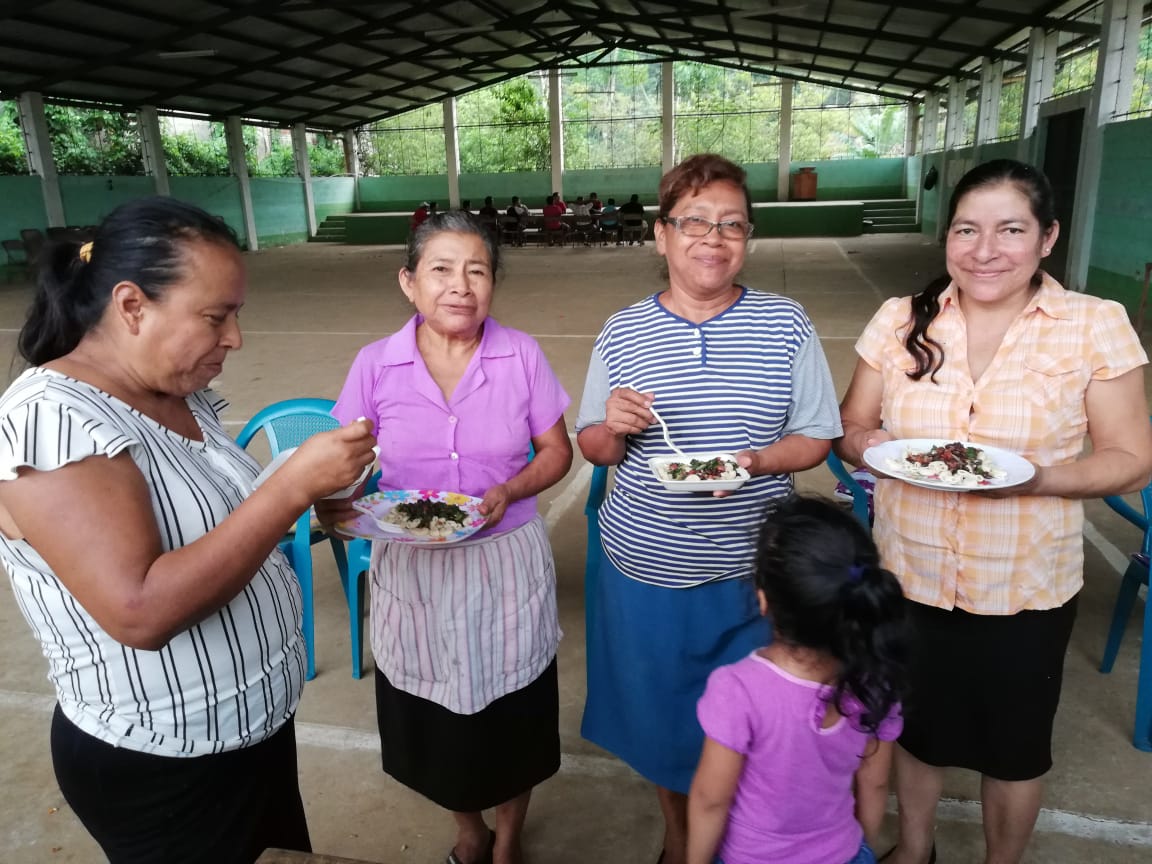More beans, more healthy communities
Rural indigenous families in Guatemala are growing and eating more beans, thanks to an outreach team from Michigan State University.

The MASFRIJOL Project, funded by USAID and managed by MSU, developed a unique approach for improving nutrition, agronomy, extension, public health and communication in over 400 rural communities.

Why beans? It turns out that adding more beans to Guatemalan diets adds quality protein that is needed for growth. (MASFRIJOL – that is, más frijoles – means “more beans” in Spanish.) Indigenous families living in the Guatemalan highlands have the highest rate of growth stunting in the Americas and sixth highest rate in the world.
Baseline community assessments revealed not only a lack of knowledge about the health benefits of eating beans and corn together, but also a lack of good quality bean seed for high altitudes.
Thus, the MASFRIJOL team’s main objectives were 1) to increase bean productivity in highland cropping systems, and 2) to enhance the nutritional quality of rural indigenous diets.

Both were accomplished by cross training agronomists, nutritionists and public health personnel with short targeted lessons on bean agronomy and nutrition. These specialists then took four-wheel drive vans equipped with video screens into remote mountain villages.
Extension agents simultaneously taught about sustainable, yield-enhancing practices and extending household storage of beans with double ply storage bags. These techniques were sustained by training interested farmers how to grow and sell the improved bean varieties in their own communities.
Over the five years of the project, 56,400 five-pound seed bags were distributed to an equal number of households. These seeds were disease-resistant climbing and bush bean varieties specially adapted to the agroecologies of the highlands.

The main nutrition objective was accomplished by developing five short lessons designed to teach about the nutritional value of beans in in the daily diet. These lessons were tailored to help the communities understand the importance of the nutrition and growth of young children and women of childbearing age. The MASFRIJOL team shared videos, did taste tests, and held contests to see who could come up with the best recipe that included beans.
These lessons were well attended; over 17,000 women and men attended recipe demonstrations and learned how to get others interested in eating more beans. By using these active learning techniques, the team enhanced household intake of beans using new and traditional bean-based dishes made with affordable, locally available foods.

MASFRIJOL was so well received that it received two extensions, as long as the USAID funding was available to Guatemala.
The project came to a close in September 2019, but its legacy endures. Farmers continue to multiply superior bean varieties and enjoy higher yields. These innovations in agriculture are reflected in the food that ends up on families’ plates and improvements in their nutrition.
To illustrate the accomplishments of this project, check out the following stories to put faces and communities with the numbers.



 Print
Print Email
Email




